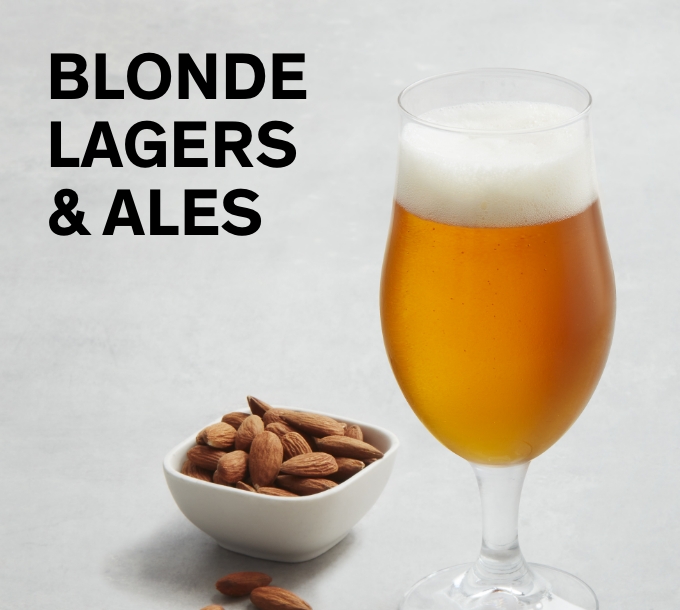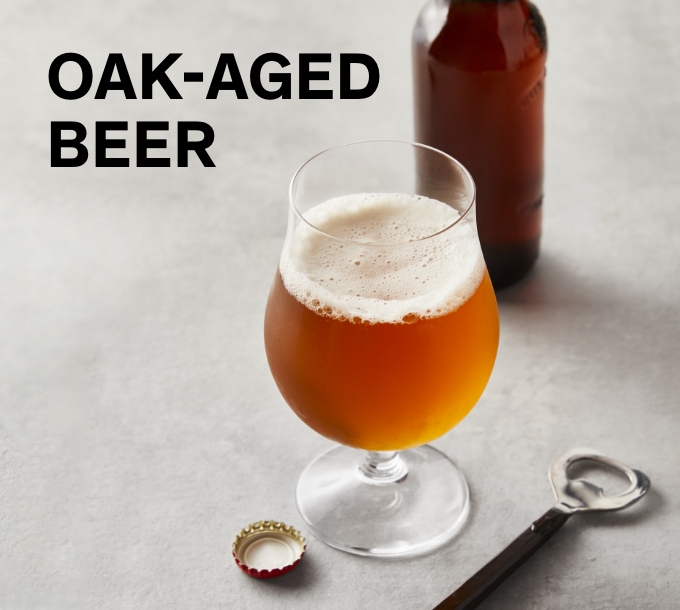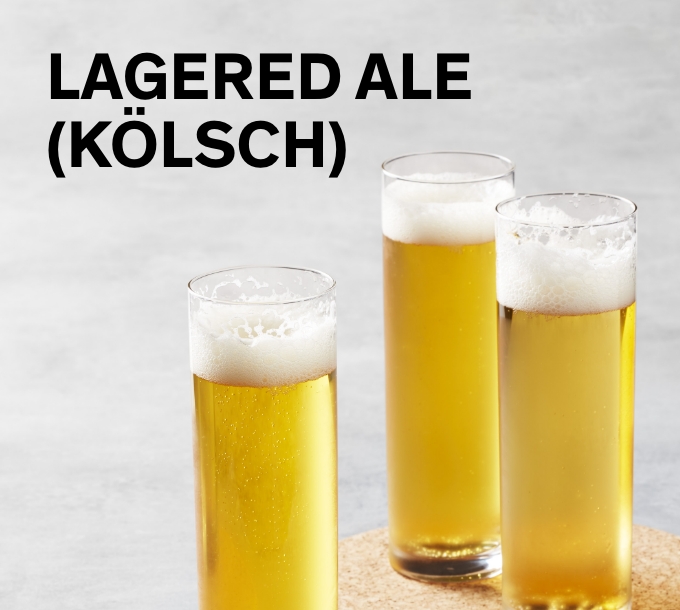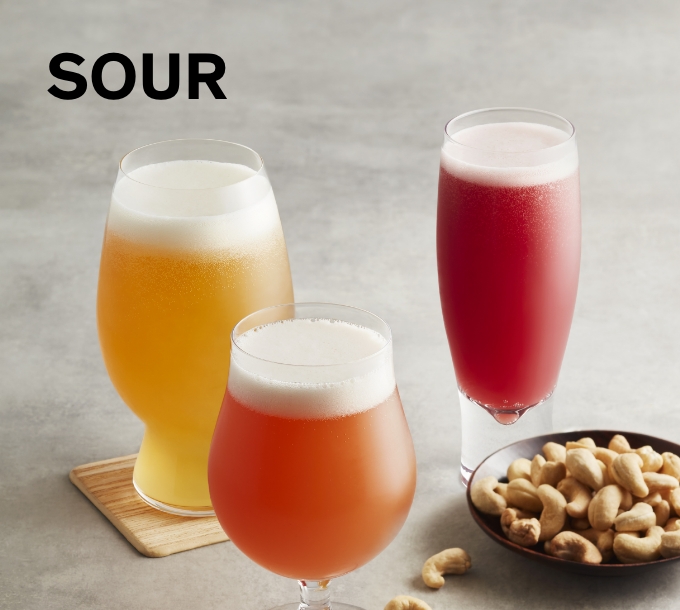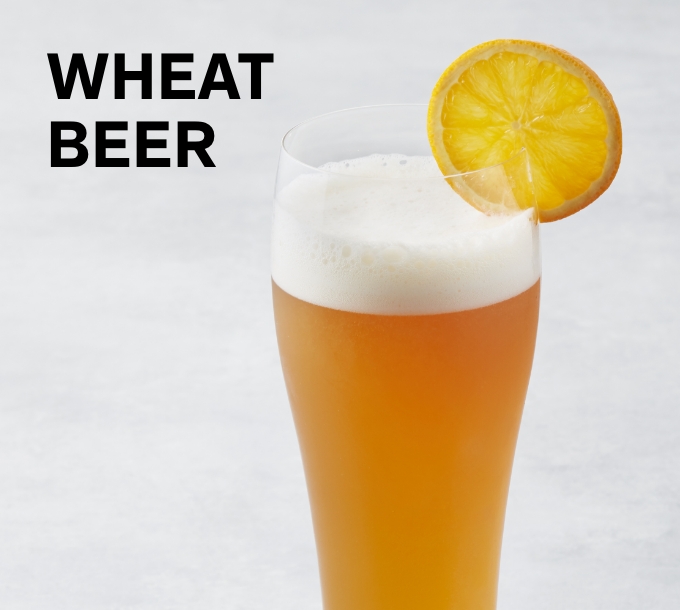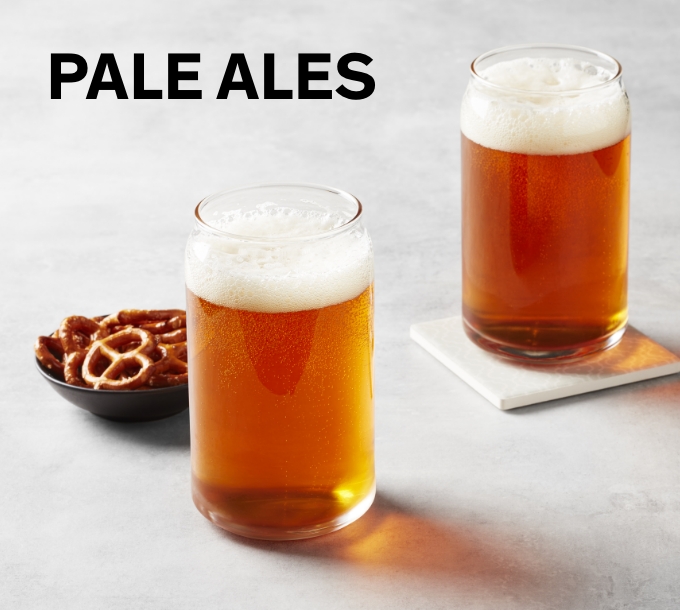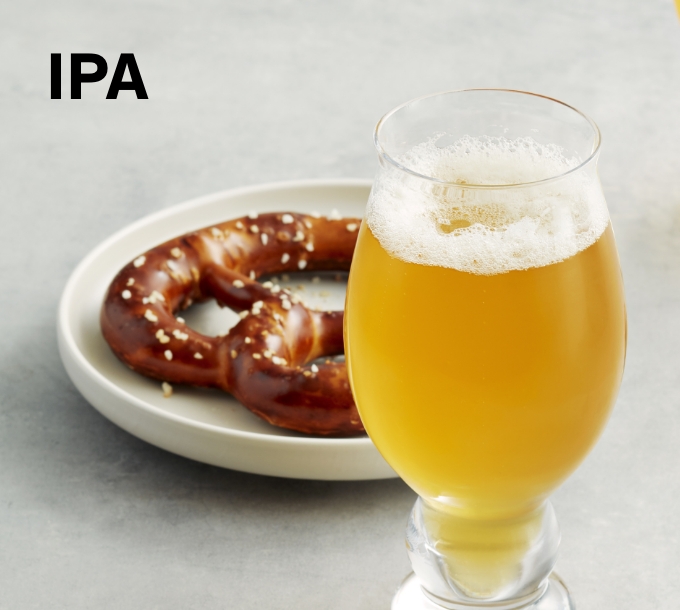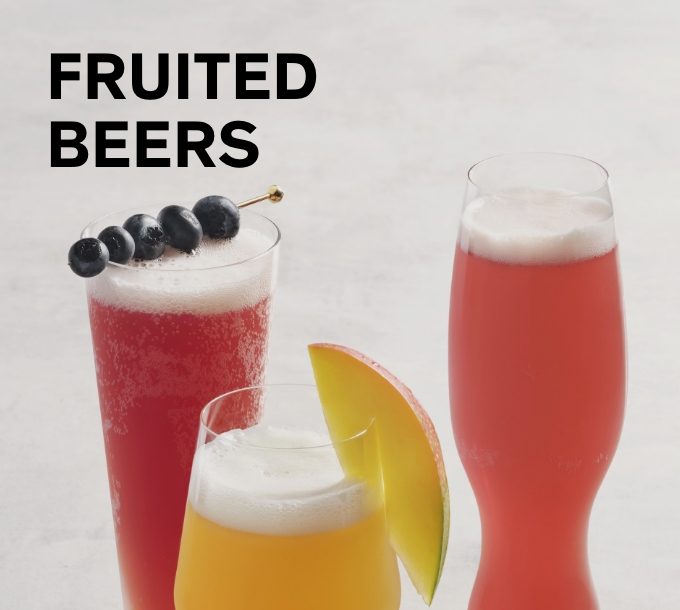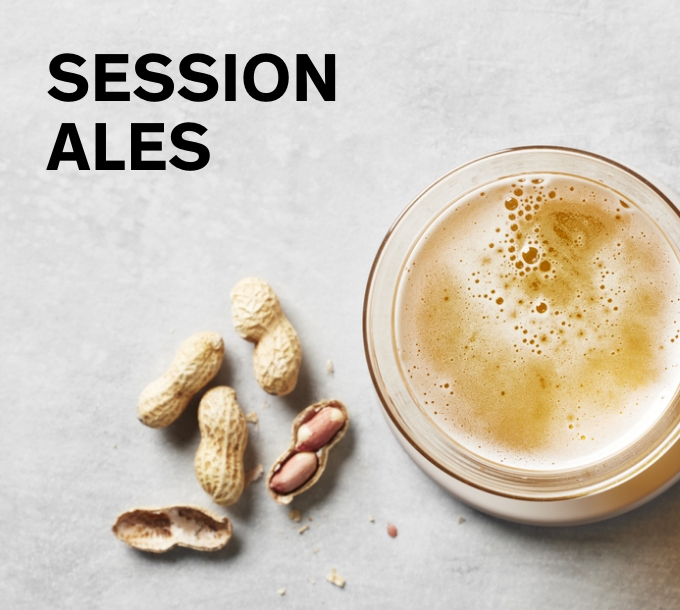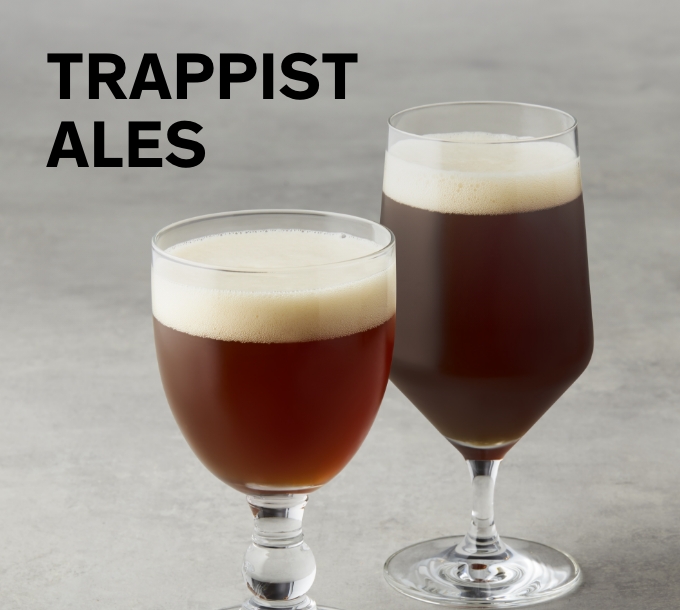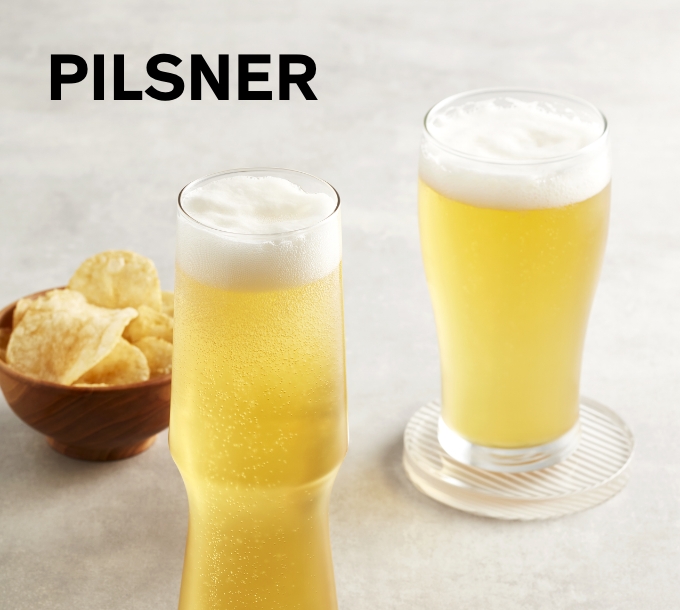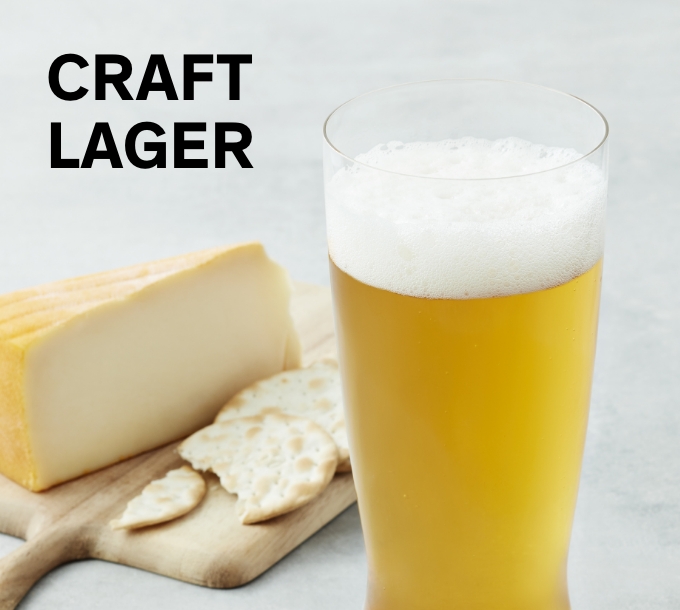Ready to Explore?
Wheat beer has a very long history, dating back to Germany in the Middle Ages — and some argue, to the first century AD. It’s a style that’s found throughout Europe, and called “white beer” — or weissbier in its native country of Germany, wit beer in Belgium and bière blanche in France. German versions are known for their banana and clove flavours, produced by the yeast, while Belgians stand out for the coriander and orange peel that's added to the ale. Most wheats are naturally fermented in the bottle, so these "living ales" explode with tons of tiny bubbles. Explore all the flavours and decide which you love best.
You may taste
Brisk and light with a fluffy body that sticks to the tongue, wheat beer flavours can include notes of coriander, orange peel, banana, bubblegum, clove, citrus, Wheatabix and soft grains.
Sip them with
These extremely versatile brews match well with brunch fare such as salad with citrus dressing, crêpes, omelettes, croque monsieur, Eggs Benedict and quiche. They also pair nicely with Chinese takeout, fried fish, shellfish, fresh chèvre, Mexican or Thai fare.
Serving Tips
We love serving effervescent wheat ales in champagne glasses with brunch. Give them a few minutes out of the fridge before pouring to bring out the spicy, fruity notes. To tame the foamy head rinse the glass with cold water before you pour. German wheat beers are a bit tricky: the yeast at the bottom of the bottle must be stirred up and poured into the glass. To do it, pour into a tall weissbier glass (or divide between two smaller glasses) and when the bottle is about three quarters empty, roll it in your hands to stir up the yeast, and distribute the hazy liquid evenly among the glasses.

Brewed with 30 to 70 percent wheat malt, this fluffy ale has a unique tangy flavour and pale hue. It's bubblier than other beer styles, wonderfully aromatic and may be naturally cloudy. No matter what you call it — witbier, weisse beer, weissbier, weizen — you'll find our favourite wheat beers in stores now.
